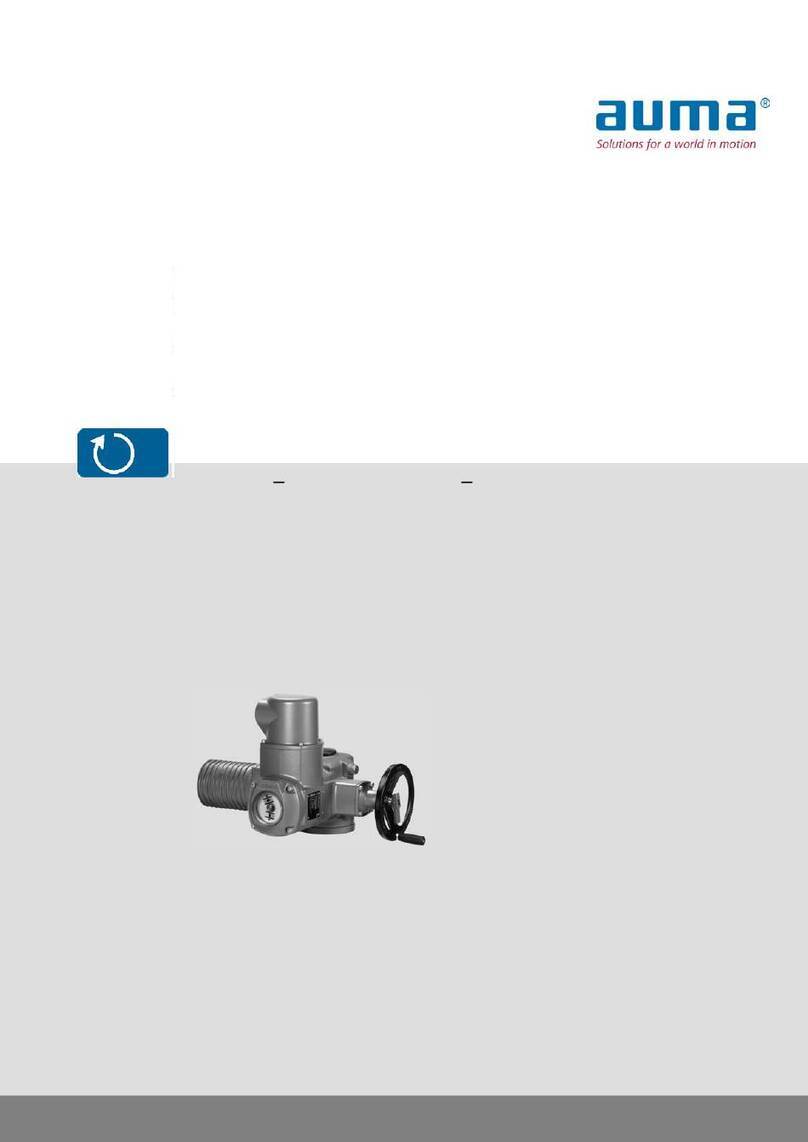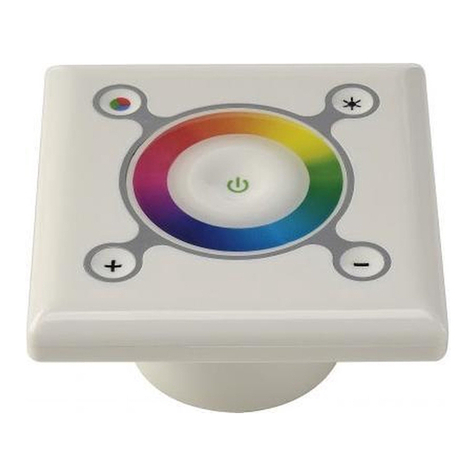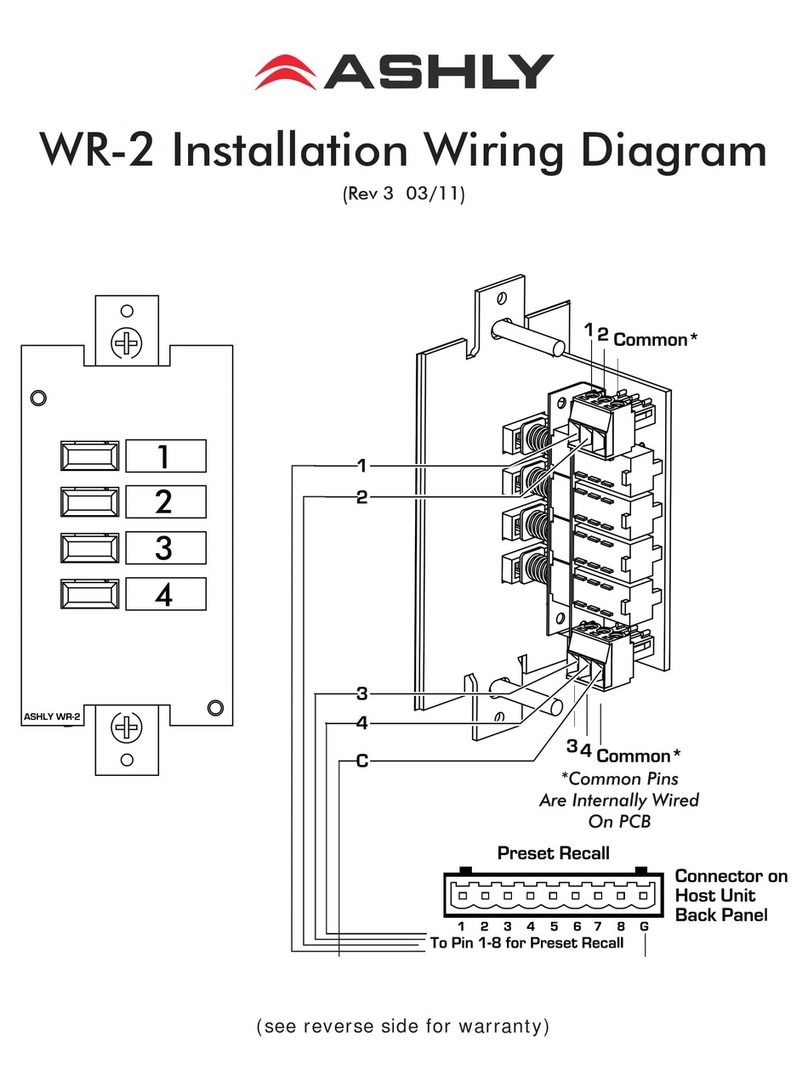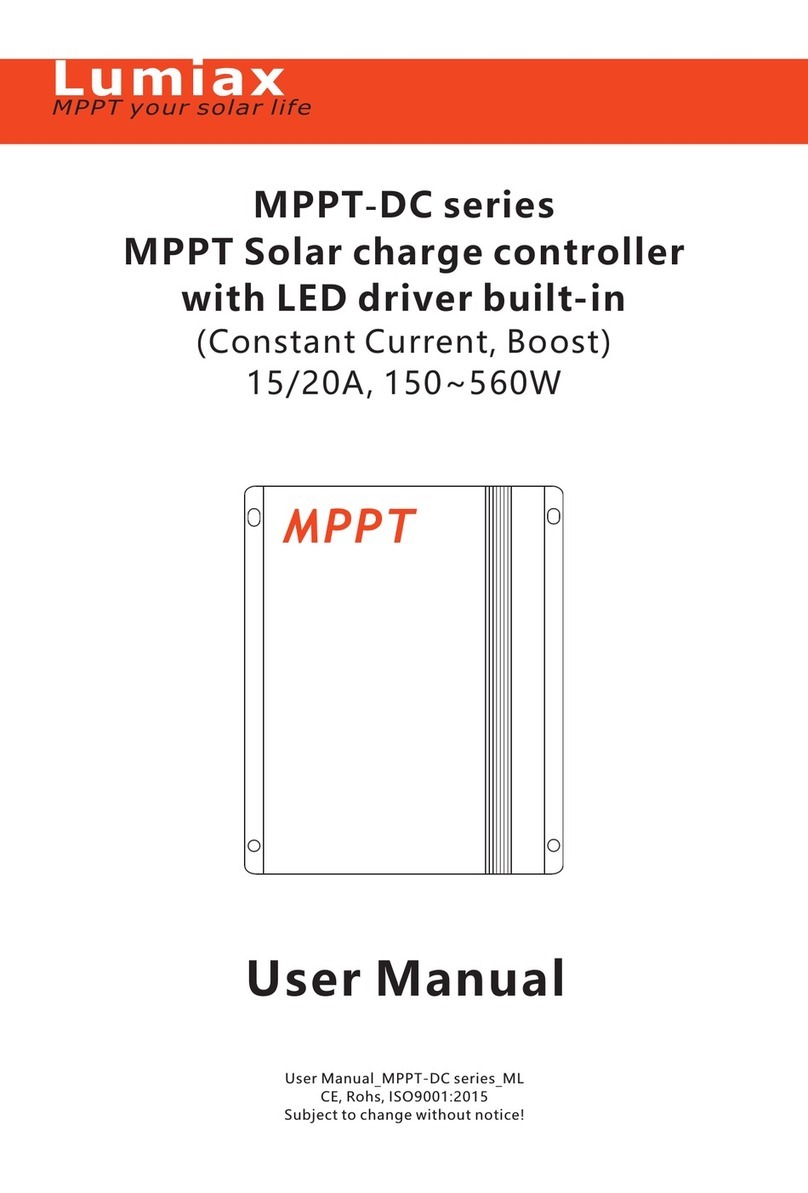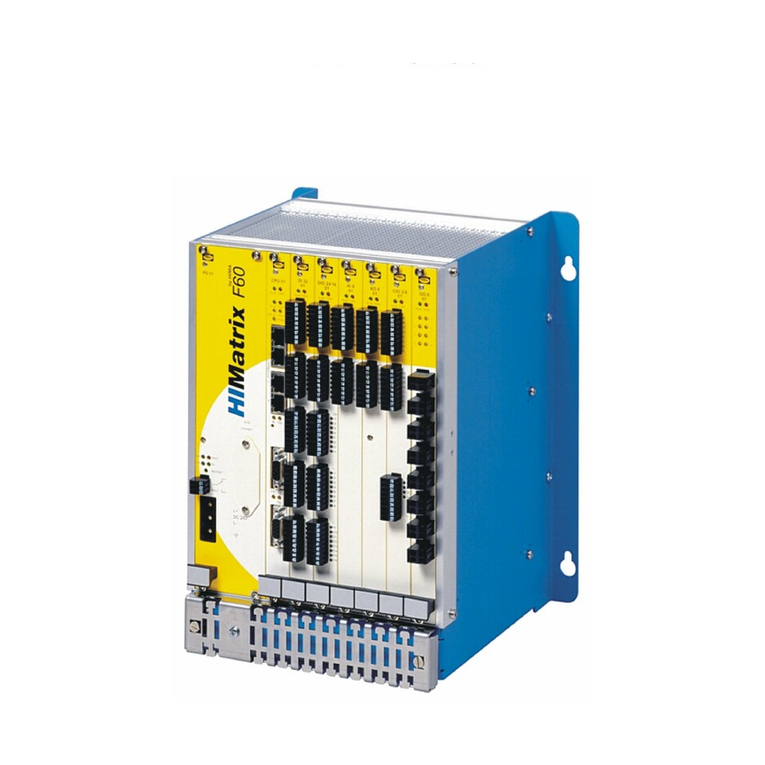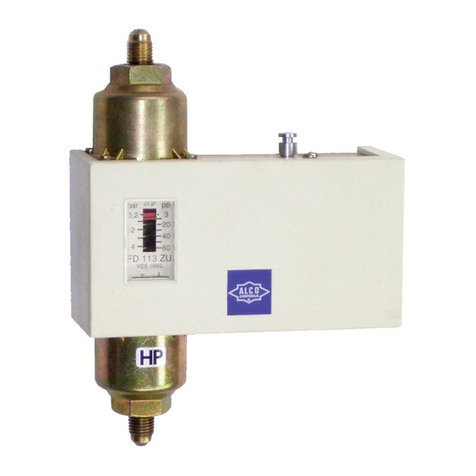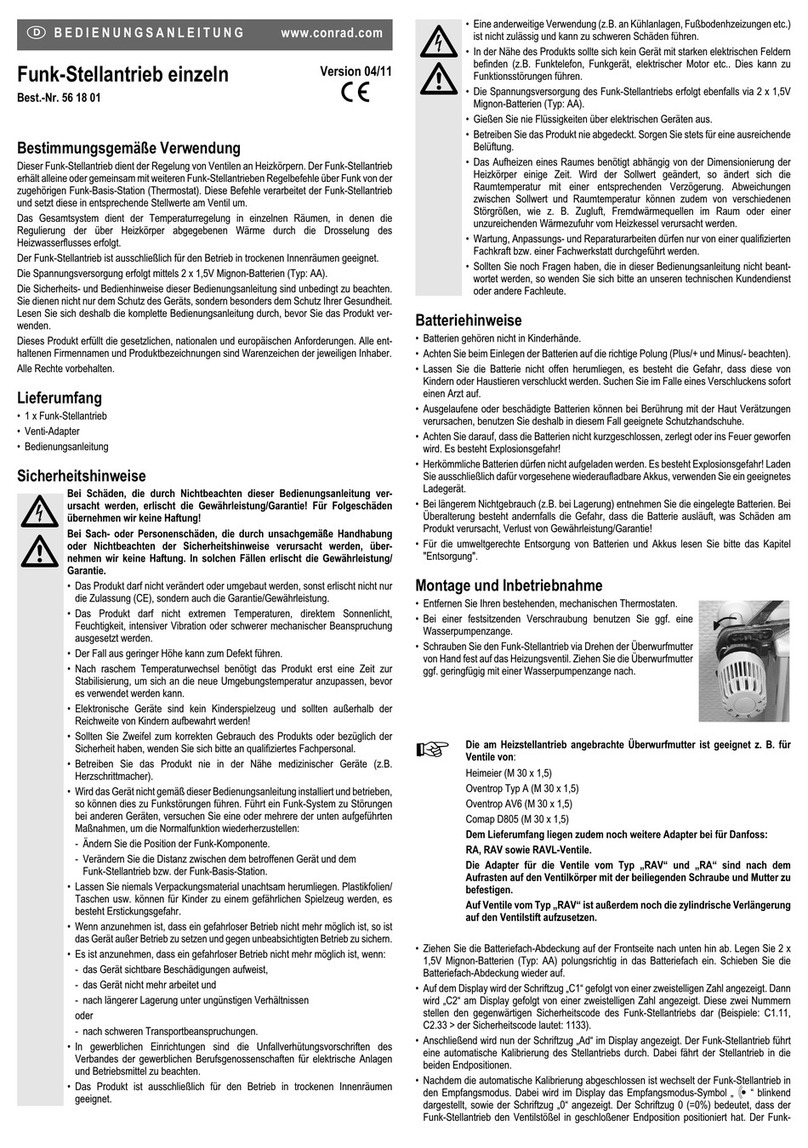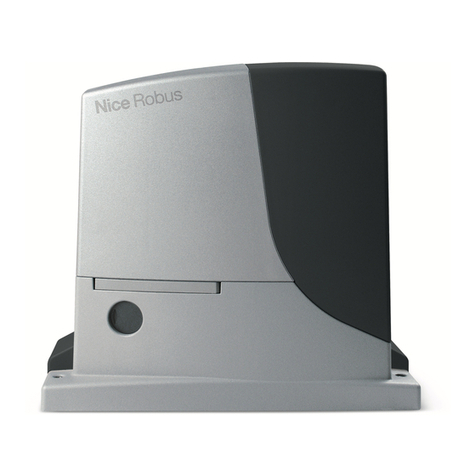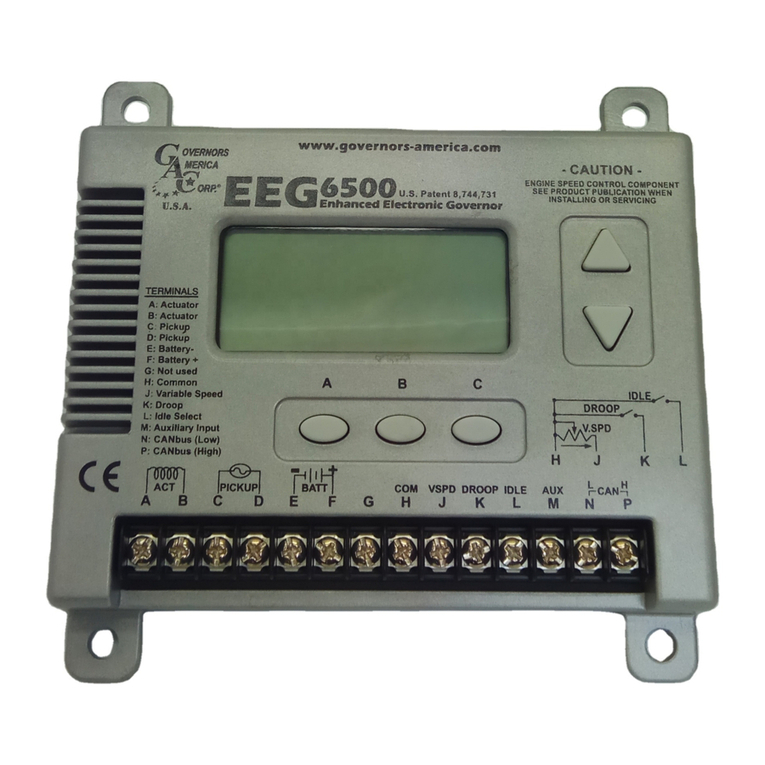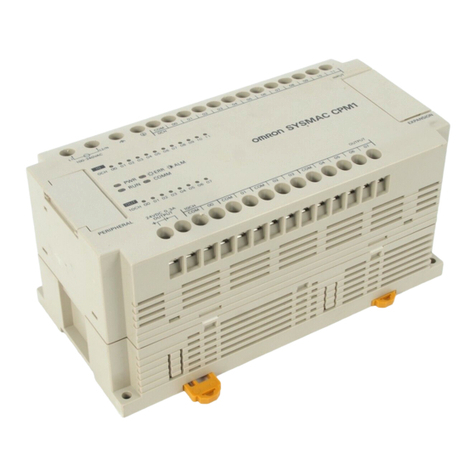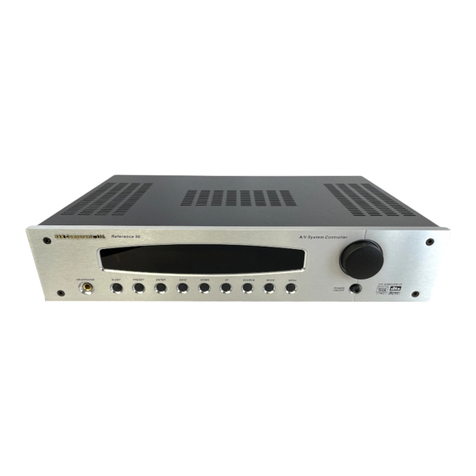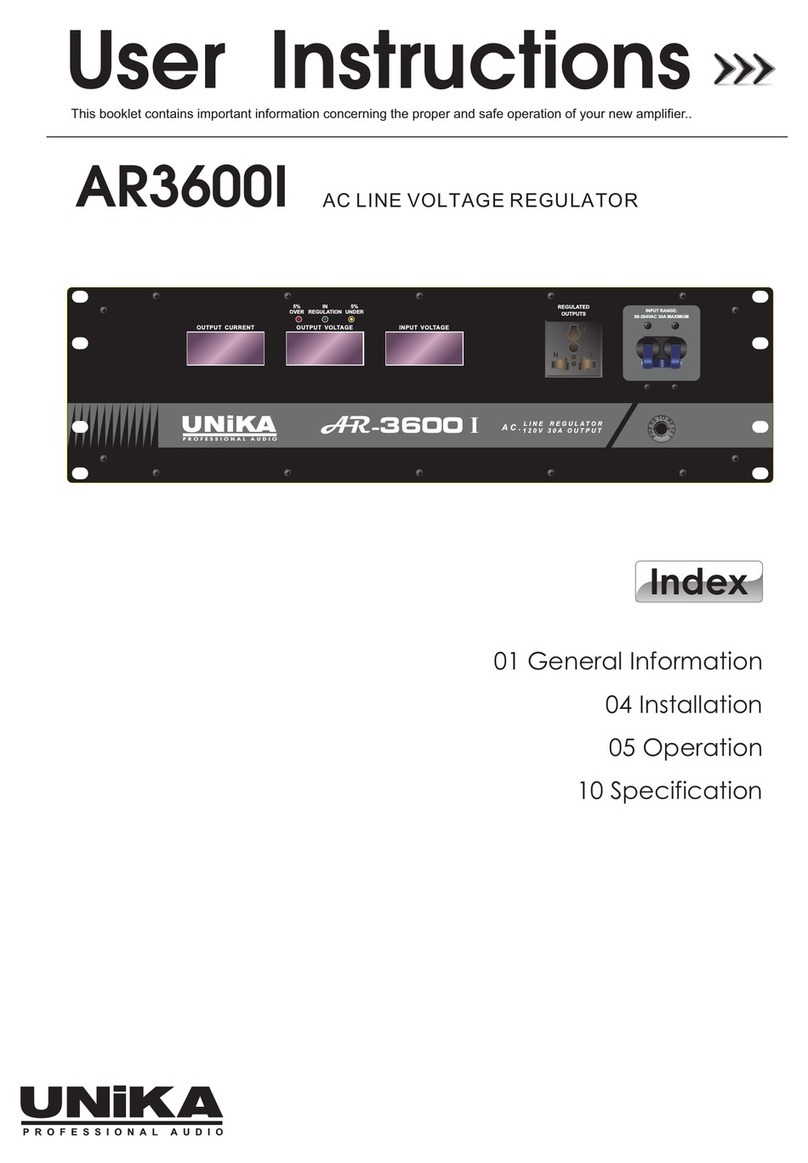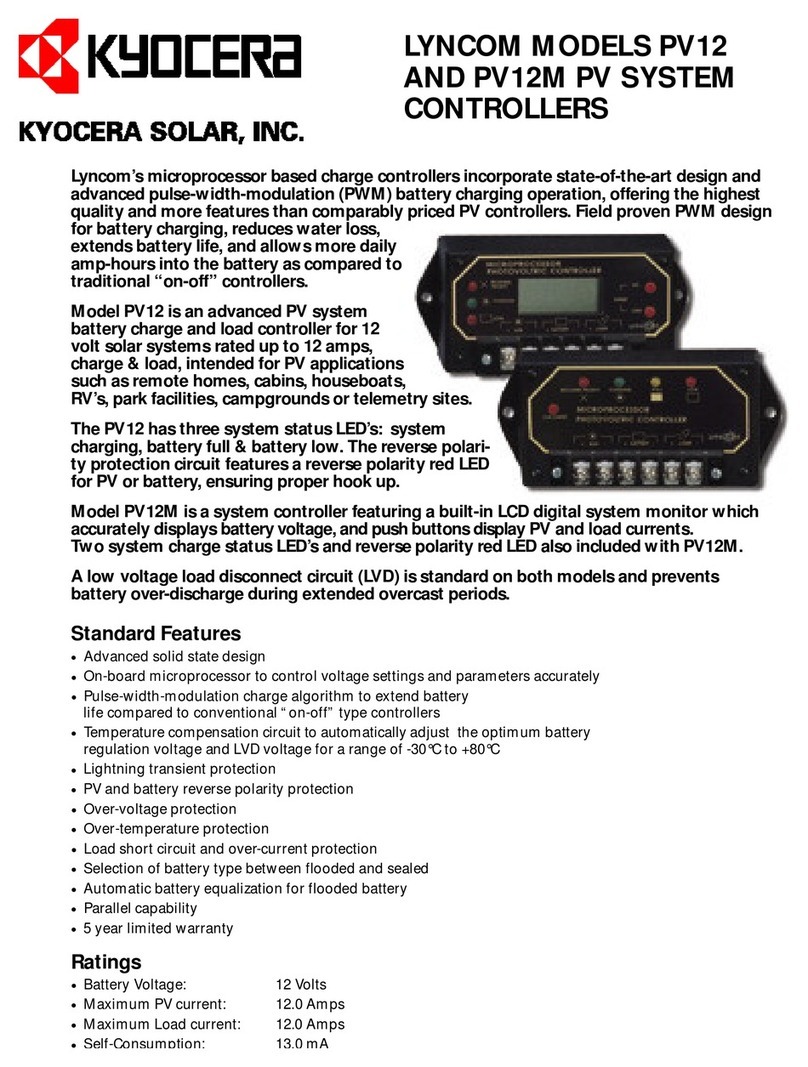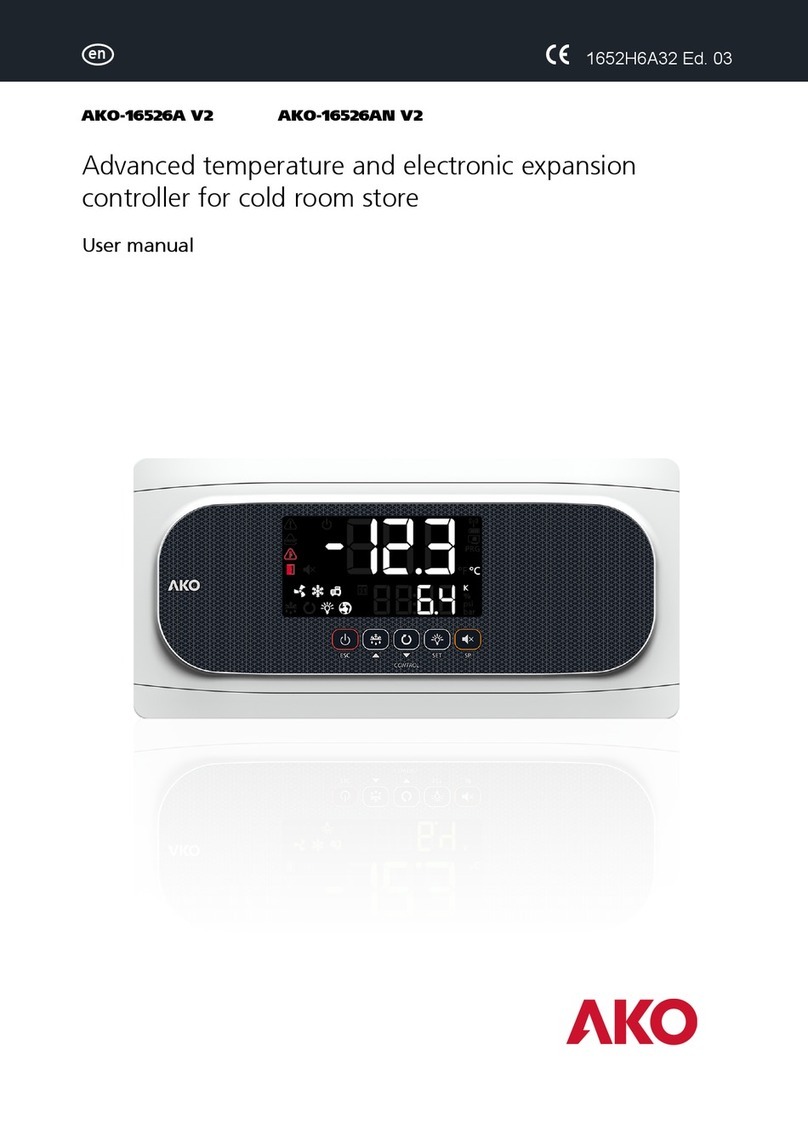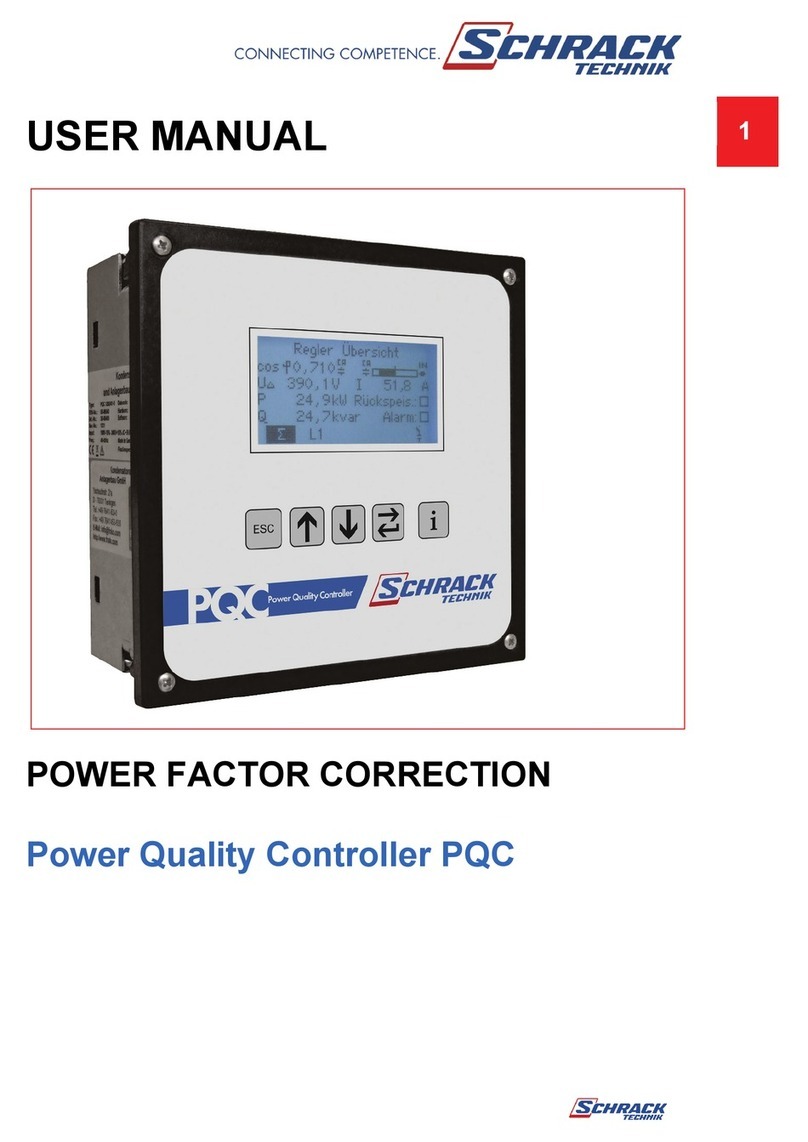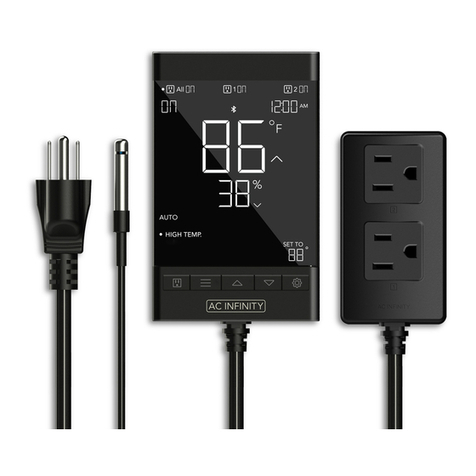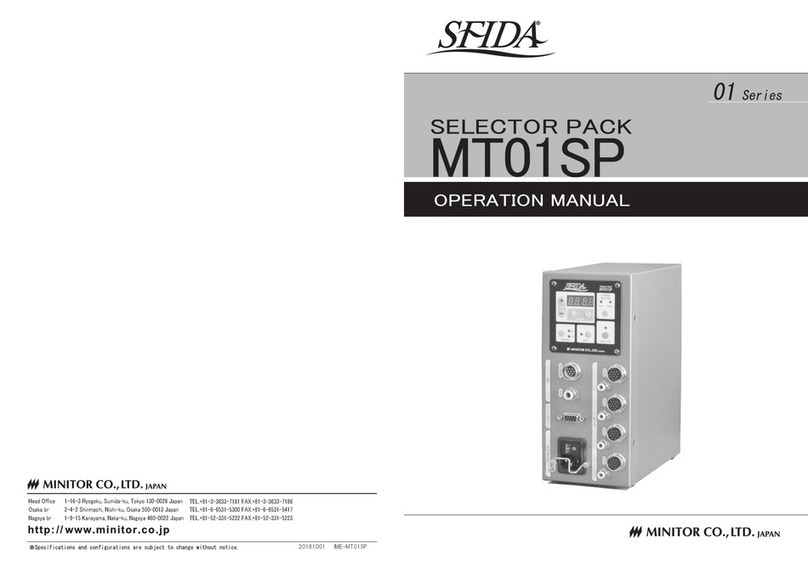AUMA GK 10.2 User manual

Multi-turn gearboxes
GK 10.2 –GK 40.2
Assembly and commissioningOperation instructions

Read operation instructions first.
●Observe safety instructions.
●These operation instructions are part of the product.
●Store operation instructions during product life.
●Pass on instructions to any subsequent user or owner of the product.
Target group:
This document contains information for assembly, commissioning and maintenance staff.
Table of contents Page
31. Safety instructions................................................................................................................. 31.1. Basic information on safety 41.2. Range of application 41.3. Warnings and notes 41.4. References and symbols
52. Short description...................................................................................................................
63. Name plate..............................................................................................................................
94. Transport and storage........................................................................................................... 94.1. Transport 124.2. Storage
135. Assembly................................................................................................................................ 135.1. Mounting position 135.2. Handwheel fitting 135.3. Multi-turn actuators for motor operation 155.4. Mount gearbox to valve 155.4.1. Overview of output drive types 165.4.2. Output drive type A 165.4.2.1. Gearbox with output drive type A: mount to valve 175.4.2.2. Stem nut for output drive type A: finish machining 195.4.3. Output drive types B/C/D and E 205.4.3.1. Gearbox with output drive types B: mount to valve 215.5. Accessories for assembly 215.5.1. Stem protection tube for rising valve stem
226. Commissioning...................................................................................................................... 226.1. Seating via multi-turn actuator
237. Servicing and maintenance................................................................................................... 237.1. Preventive measures for servicing and safe operation 237.2. Maintenance intervals 237.3. Disposal and recycling
258. Technical data......................................................................................................................... 258.1. Technical data Multi-turn gearboxes
279. Spare parts............................................................................................................................. 279.1. Multi-turn gearboxes GK 10.2 –GK 25.2 299.2. Multi-turn gearboxes GK 30.2 –GK 40.2
31Index........................................................................................................................................
2
GK 10.2 –GK 40.2
Table of contents

1. Safety instructions
1.1. Basic information on safety
Standards/directives Our products are designed and manufactured in compliance with recognised
standards and directives.This is certified in a Declaration of Incorporation and an
EU Declaration of Conformity.
The end user or the contractor must ensure that all legal requirements, directives,
guidelines, national regulations and recommendations with respect to assembly,
electrical connection, commissioning and operation are met at the place of installation.
Safetyinstructions/warn-
ings All personnel working with this device must be familiar with the safety and warning
instructions in this manual and observe the instructions given. Safety instructions
and warning signs on the device must be observed to avoid personal injury or property
damage.
Qualification of staff Assembly, electrical connection, commissioning, operation, and maintenance must
be carried out exclusively by suitably qualified personnel having been authorised by
the end user or contractor of the plant only.
Prior to working on this product, the staff must have thoroughly read and understood
these instructions and, furthermore, know and observe officially recognised rules
regarding occupational health and safety.
Work performed in potentially explosive atmospheres is subject to special regulations
which have to be observed.The end user or contractor of the plant are responsible
for respect and control of these regulations, standards, and laws.
Electrostatic charging Highly efficient charge generating processes (processes more efficient than manual
friction) on the device surface must be excluded at any time, since they will lead to
propagating brush discharges and therefore to ignition of a potentially explosive
atmosphere.
This also applies to fireproof coatings or covers available as an option.
Ignition hazards Gearboxes were subjected to an ignition hazard assessment in compliance with the
currently applicable standard according to ISO 80079-36/ -37 / -38.Hot surfaces,
mechanically generated sparks as well as static electricity and stray electric currents
were identified and assessed as major potential ignition sources.Protective measures
to prevent the likelihood that ignition sources arise were applied to the gearboxes.
This includes in particular lubrication of the gearbox, the IP protection codes and the
warnings and notes contained in these operation instructions.
Commissioning Prior to commissioning, it is important to check that all settings meet the requirements
of the application. Incorrect settings might present a danger to the application, e.g.
cause damage to the valve or the installation.The manufacturer will not be held
liable for any consequential damage. Such risk lies entirely with the user.
Operation Prerequisites for safe and smooth operation:
●Correct transport, proper storage, mounting and installation, as well as careful
commissioning.
●Only operate the device if it is in perfect condition while observing these instruc-
tions.
●Immediately report any faults and damage and allow for corrective measures.
●Observe recognised rules for occupational health and safety.
●Observe the national regulations.
●During operation, thedevicewarms up and increasedsurface temperature may
occur.To prevent possible burns, we recommend checking the surface temper-
ature using an appropriate thermometer and wearing protective gloves, if re-
quired, prior to working on the device.
Protective measures The end user or the contractor are responsible for implementing required protective
measures on site, such as enclosures, barriers, or personal protective equipment
for the staff.
3
GK 10.2 –GK 40.2 Safety instructions

Maintenance To ensure safe device operation, the maintenance instructions included in this manual
must be observed.
Any device modification requires prior written consent of the manufacturer.
1.2. Range of application
AUMA multi-turn gearboxes are designed for the operation of industrial valves, e.g.
gate valves and globe valves.
Other applications require explicit (written) confirmation by the manufacturer.
The following applications are not permitted, e.g.:
●Industrial trucks according to EN ISO 3691
●Lifting appliances according to EN 14502
●Passenger lifts according to DIN 15306 and 15309
●Service lifts according to EN 81-1/A1
●Escalators
●Continuous duty
●Radiation exposed areas in nuclear power plants
No liability can be assumed for inappropriate or unintended use.
Observance of these operation instructions is considered as part of the device's
designated use.
1.3. Warnings and notes
The following warnings draw special attention to safety-relevant procedures in these
operation instructions, each marked by the appropriate signal word (DANGER,
WARNING, CAUTION, NOTICE).
Indicates an imminently hazardous situation with a high level of risk. Failure
to observe this warning results in death or serious injury.
Indicates a potentially hazardous situation with a medium level of risk.Failure
to observe this warning could result in death or serious injury.
Indicates a potentially hazardous situation with a low level of risk. Failure to
observe this warning could result in minor or moderate injury. May also be
used with property damage.
Potentially hazardous situation. Failure to observe this warning could result
in property damage. Is not used for personal injury.
Safety alert symbol warns of a potential personal injury hazard.
The signal word (here: DANGER) indicates the level of hazard.
1.4. References and symbols
The following references and symbols are used in these instructions:
Information The term Information preceding the text indicates important notes and information.
Symbol for CLOSED (valve closed)
Symbol for OPEN (valve open)
➥Result of a process step
Describes the result of a preceding process step.
4
GK 10.2 –GK 40.2
Safety instructions

2. Short description
AUMA bevel gearboxes are multi-turn gearboxes transmitting a rotary movement to
the valve.They are driven either via electric motor (by means of a multi-turn actuator)
or manually (via a handwheel).
The drive axle is perpendicular to the output axle, thus adjusting in a single stage
the effective direction of the input torque by 90° onto the output drive.
5
GK 10.2 –GK 40.2 Short description

3. Name plate
Figure 1: Arrangement of name plates
[1] Gearbox name plate
[2] Approval plate in explosion-proof version
[3] Additional plate, e.g. KKS plate (Power Plant Classification System)
Description of gearbox name plate
Figure 2: Gearbox name plate (example of GK 10.2)
[1] Name of manufacturer
[2] Address of manufacturer
[3] Type designation - valve attachment (flange)
[4] Order number
[5] Serial number
[6] Reduction ratio
[7] Factor
[8] Max. output torque
[9] Type of lubricant
[10] Permissible ambient temperature
[11] Explosion protection version (option)
[12] Can be assigned as an option upon customer request
[13] Data Matrix code
[14] Enclosure protection
Type designation Figure 3:Type designation (example)
1. Type and size of gearbox
6
GK 10.2 –GK 40.2
Name plate

2. Flange size (valve attachment)
Type and size
These instructions apply to the following device types and sizes:
Bevel gearboxes of GK type, sizes 10.1 –40.1
Order number The product can be identified using this number and the technical data as well as
order-related data pertaining to the device can be requested.
Please always state this number for any product inquiries.
On the Internet at http://www.auma.com > Service & Support >myAUMA, we offer
a service allowing authorised users to download order-related documents such as
wiring diagramsand technical data (bothinGermanandEnglish), inspection certificate
and the operation instructions when entering the order number.
Serial number Table 1:
Description of serial number (example of 2621MK12345)
MK123452126
Positions 1+2: Assembly in week = week 2626
Positions 3+4:Year of manufacture = 202121
Internal number for unambiguous product identificationMK12345
Reduction ratio The reduction ratio within gearing reduces the required input torques and increases
the operating time.
Factor Mechanical conversion factor for actuator size determination:
Input torque = required valve torque (output torque)/factor
Explosion protection version (option)
The explosion protection version is either indicated on the name plate of the gearbox
or on a separate approval plate.
Figure 4: Separate name plate for explosion-proof version (example)
[1] Ex symbol, CE mark
Classification:
[2] Gas explosion protection
[3] Dust explosion protection
Data Matrix code Whenregistered as authoriseduser, youmay use ourAUMA Assistant App toscan
the Data Matrix code and directly access the order-related product documents without
having to enter order number or serial number.
Figure 5: Link to AUMA Assistant App:
For further Service & Support, Software/Apps/... refer to www.auma.com
Marking of special version for counterclockwise closing
In the standard version, the direction of rotation at input shaft corresponds to the
direction of rotation at valve shaft (clockwise version).In order to reverse the direction
7
GK 10.2 –GK 40.2 Name plate

of rotation e.g.for a counterclockwise closing valve, a AUMA reversing gearbox of
the GW 14.1 type can be mounted between multi-turn actuator and bevel gearbox.
From size GK 30.2, the direction of rotation can be selected when ordering.For these
sizes, the direction of rotation is marked on the order-related technical data sheet
as "CCW" or "CW".For the "CCW" special version, a label for the direction of rotation
is additionally attached to the handwheel.
Figure 6: Marking on handwheel.
8
GK 10.2 –GK 40.2
Name plate

4. Transport and storage
4.1. Transport
For transport to place of installation, use sturdy packaging.
Transport gearbox and actuator separately.
Suspended load!
Death or serious injury!
→Do NOT stand below suspended load.
→Fix ropes or slings on gearbox housing, NOT to handwheel, actuator, or actuator
controls.
→Check eyebolts for tight seat in housing (verify reach of the screw).
→Observe manufacturer specifications for fixing lifting straps and round slings.
→Respect total weight of combination (gearbox, actuator, actuator controls, output
drive).
→Eyebolts are exclusively permitted for the weight of the represented arrange-
ments of the respective sizes.
→Secure load against falling down, sliding or tilting.
→Perform lift trial at low height to eliminate any potential danger e.g. by tilting.
GK 10.2 –GK 16.2
Up to size 16.2, the gearboxes are supplied mounted to the actuator and the output
drive types A and AF when leaving the factory. Suspension is always performed
using lifting straps /round slings wound around the gearbox mounting flange and the
actuator housing.
Figure 7: Example of GK 10.2, horizontal suspension
GK 25.2
Actuators for GK 25.2 gearbox are always supplied separately when leaving the
factory.Unless specified otherwise by the customer, output drive types A and AF
are mounted to the gearbox. Suspension is always made via eyebolt.
9
GK 10.2 –GK 40.2 Transport and storage

Figure 8: Example of GK 25.2, horizontal suspension and mounted actuator
GK 30.2
Actuators for the GK 30.2 gearbox are always supplied separately when leaving the
factory and must be transported and lifted separately.Unless specified otherwise by
the customer, output drive types A and AF are mounted to the gearbox. Size 30.2
leaves the factory with eyebolt fastened in the housing.The gearbox is either
suspended horizontally via the eyebolt in combination with round slings/lifting straps
or vertically via round slings/lifting straps.
Figure 9: Example of GK 30.2, horizontal and vertical suspension
[1] Horizontal suspension
[2] Vertical suspension
GK 35.2 –GK 40.2
Actuators for gearbox sizes GK 35.2 –GK 40.2 as well as output drive types A and
AF are always supplied separately when leaving the factory and must be transported
and lifted separately. Sizes 35.2–40.2 leave the factory with eyebolt fastened in the
housing.The gearbox is either suspended horizontally via the eyebolt in combination
with round slings/lifting straps or vertically via round slings/lifting straps.
10
GK 10.2 –GK 40.2
Transport and storage

Figure 10: Example of GK 40.2, horizontal and vertical suspension
[1] Horizontal suspension
[2] Vertical suspension
Table 2: Gearbox weight with output drive sleeve (without bore) and grease filling in the gear housing
Gewicht [kg]Typ
8,5GK 10.2
15GK 14.2
15GK 14.6
31GK 16.2
60GK 25.2
110GK 30.2
190GK 35.2
250GK 40.2
Table 3:
Weights for output drive type
[kg]Flange sizeType designation
2.8F10A 10.2
6.8F14A 14.2
11.7F16A 16.2
42F25A 25.2
69F30A 30.2
126F35A 35.2
202F40A 40.2
Table 4:
Weights for output drive type
[kg]Flange sizeType designation
5.2F10AF 07.2
5.2F10AF 07.6
5.5F10AF 10.2
13.7F14AF 14.2
23F16AF 16.2
61F25AF 25.2
11
GK 10.2 –GK 40.2 Transport and storage

Weights for output drive type
103F30AF 30.2
180F35AF 35.2
320F40AF 40.2
For the actuator and actuator controls weights, refer to the respective operation
instructions.
4.2. Storage
Danger of corrosion due to inappropriate storage!
→Store in a well-ventilated, dry room (maximum humidity 70 %).
→Protect against floor dampness by storage on a shelf or on a wooden pallet.
→Cover to protect against dust and dirt.
→Apply suitable corrosion protection agent to uncoated surfaces.
Long-term storage For long-term storage (more than 6 months), observe the following points:
1. Prior to storage:
Protect uncoated surfaces, in particular the output drive parts and mounting
surface, with long-term corrosion protection agent.
2. At an interval of approx. 6 months:
Check for corrosion.If first signs of corrosion show, apply new corrosion protec-
tion.
12
GK 10.2 –GK 40.2
Transport and storage

5. Assembly
5.1. Mounting position
The product described in this document can be operated without restriction in any
mounting position.
5.2. Handwheel fitting
Gearboxes designed for manual operation are supplied with a separate handwheel.
Fitting is performed on site according to the description below.
Figure 11: Handwheel (example)
[1] Retaining ring for input shaft (partly required)
[2] Gear input shaft
[3] Spacer (partly required)
[4] Handwheel
[5] Spacer (partly required)
[6] Retaining ring
[7] Ball handle
How to proceed 1. For input shafts with keyway:Fit [2] retaining ring [1] on input shaft.
2. If required, fit spacer [3].
3. Slip handwheel [4] onto input shaft.
4. If required, fit spacer [5].
5. Secure handwheel [4] using the retaining ring [6] supplied.
6. Fit ball handle [7] to handwheel.
5.3. Multi-turn actuators for motor operation
Refer to the operation instructions pertaining to the multi-turn actuator for indications
on how to mount multi-turn actuators to gearboxes.
This chapter supplies basic information and instructions which should be heeded in
addition to the operation instructions of the multi-turn actuator.
Mounting positions When delivered with AUMA multi-turn actuators, the multi-turn actuator-gearbox
combination is delivered in the ordered mounting position up to size GK 16.2. For
packing reasons, multi-turn actuator and gearbox will be delivered separately from
size GK 25.2.
13
GK 10.2 –GK 40.2 Assembly

Figure 12: Mounting positions A –D
Restriction: For rising valve stem and specific handwheel sizes, mounting position
B is not possible.
Flanges Table 5:Suitable input mounting flanges
Suitable AUMA multi-
turn actuator1)
Permissible weight
Multi-turn actuator
Flange for mounting multi-turn actuator
Gear-
boxes max. kgOption
DIN 3210
Standard
EN ISO 5210
SA/SAR 10.2
SA/SAR14.2
40/80
G0
G½
F10
F14
GK 10.2 SA/SAR 07.6
SA/SAR 10.2
40G0F10
SA/SAR 10.2
SA/SAR 14.2
40/80
G0
G½
F10
F14
GK 14.2 SA/SAR 10.240G0F10
SA/SAR 14.280G½F14
GK 14.6 SA/SAR 10.2
SA/SAR 14.2
40/80
G0
G½
F10
F14
SA/SAR 14.2
SA/SAR 14.6
80
G½F14
GK 16.2 SA/SAR 14.2G½F14
SA/SAR 14.6
80
G½F14
GK 25.2 SA/SAR 14.2
SA/SAR 14.6
G½F14
SA/SAR 14.6
SA/SAR 16.2
80/160
G½
G3
F14
F16
GK 30.2 SA/SAR 14.680G½F14
SA 16.2160G3F16
GK 35.2 SA 14.6
SA 16.2
80/160
G½
G3
F14
F16
SA 16.2
SA 25.1
160/300
G3
G4
F16
F25
GK 40.2 SA 16.2160G3F16
Standard flange according to EN ISO 52101)
Screws to multi-turn ac-
tuator Screws are included in the scope of delivery of the gearbox for mounting AUMA
multi-turn actuators.When mounting other multi-turn actuators, the screws might be
either too long or too short (insufficient reach of screws).
Risk of actuator falling off in case inappropriate screws used should shear.
Risk of death or serious injury!
→Check length of screws.
The reach of screws must be sufficient for the internal threads to ensure the
supporting strength of the multi-turn actuator and to accept the lateral forces due to
the applied torque.
14
GK 10.2 –GK 40.2
Assembly

Screws which are too long could make contact with the housing parts, presenting
the risk that the multi-turn actuator performs a radial shift with respect to the gearbox.
This can lead to shearing of the screws.
Input mounting flange:
mount A flange is required for mounting a multi-turn actuator. Depending on the version,
the flange for mounting the multi-turn actuator is already fitted in the factory.
Figure 13: Mount flange to multi-turn gearbox
[1] Gearboxes
[2] Parallel pin
[3] Input mounting flange
Assembly steps 1. Clean mounting faces, thoroughly degrease uncoated mounting surfaces.
2. Mount parallel pin [2].
3. Place input mounting flange [3] and fasten with screws.
4. Tighten screws crosswise with a torque according to table <Tightening torques
for screws> .
5. Place the multi-turn actuator on the bevel gearbox and mount according to the
multi-turn actuator's operation instructions.Ensure that the spigot fits uniformly
in the recess and that the mounting faces are in complete contact.
Information: The multi-turn actuator can be positioned on the valve at every
90°.
6. Fasten screws crosswise to a torque according to table.
Table 6:Tightening torques for screws
(for mounting multi-turn actuator and input mounting flange)
Tightening torque TA[Nm]Screws
Threads Strength class A2-80
24M8
48M10
82M12
200M16
392M20
5.4. Mount gearbox to valve
5.4.1. Overview of output drive types
Table 7: Overview on output drive types DescriptionApplicationValve attachment
➭page 16, Output drive type A
●for rising, non-rotating valve stem
●capable of withstanding thrust
●not appropriate for radial forces
A
➭page 19, Output drive types B/C/D and E
●for rotating, non-rising valve stem
●not capable of withstanding thrust
B, B1 –B4
C
D
E
15
GK 10.2 –GK 40.2 Assembly

5.4.2. Output drive type A
Figure 14: Output drive type A (example of A 10.2)
[1] Output mounting flange
[2] Stem nut
[3] Valve stem
Short description Output drive type A consisting of output mounting flange [1] with axial bearing stem
nut [2].The stem nut transmits the torque from the actuator hollow shaft to the valve
stem [3]. Output drive type A can withstand thrusts.
To adapt the actuators to available output drive types A with flanges F10 and F14
(year of manufacture 2009 and earlier), an adapter is required.The adapter can be
ordered from AUMA.
5.4.2.1. Gearbox with output drive type A: mount to valve
1. If output drive type A is already mounted to the gearbox:Loosen screws and
remove output drive type A.
2. Check if the flange of output drive type A matches the valve flange [4].
3. Apply a small quantity of grease to the valve stem.
4. Place output drive type A on valve stem and turn until it is flush on the valve
flange.
5. Turn output drive type A until alignment of the fixing holes.
6. Fasten screws [5] between valve and output drive type A [2] without completely
tightening them.
Figure 15: Example of output drive A 10.2
16
GK 10.2 –GK 40.2
Assembly

7. Fit gearbox on the valve stem so that the stem nut dogs engage into the output
drive sleeve.
➥The flanges are flush with each other if properly engaged.
Figure 16: Example of output drive A 10.2
8. Adjust gearbox until alignment of the fixing holes.
9. Fasten gearbox with screws [3].
10. Fasten screws [3] crosswise with a torque according to table.
Table 8:Tightening torques for screws
Tightening torque TA[Nm]Screws
Strength classThreads
A2-80/A4-80A2-70/A4-708.8
241825M8
483651M10
826187M12
200150214M16
392294431M20
1,3545061,489M30
2,3581,7692,594M36
11. Turn gearbox with handwheel in direction OPEN until valve flange and output
drive type A are firmly placed together.
12. Tighten fastening screws [5] between valve and output drive type A crosswise
applying a torque according to table.
5.4.2.2. Stem nut for output drive type A: finish machining
This working step is only required if stem nut is supplied unbored or with pilot bore.
Information For exact product version, please refer to the order-related technical data sheet or
the AUMA Assistant App.
17
GK 10.2 –GK 40.2 Assembly

Figure 17: Example of output drive A 10.2
[1] Stem nut
[2] Axial needle roller bearing
[2.1] Axial bearing washer
[2.2] Axial needle roller and cage assembly
[3] Spigot ring
How to proceed 1. Remove spigot ring [3] from output drive.
2. Remove stem nut [1] together with axial needle roller bearing [2].
3. Remove axial bearing washers [2.1] and axial needle roller and cage assemblies
[2.2] from stem nut [1].
Information: For output drive types A from size 35.2 and larger: Record the
order of axial bearing washers [2.1].
4. Drill and bore stem nut [1] and cut thread.
5. Clean the machined stem nut [1].
6. Apply sufficient Lithium soap EP multi-purpose grease to axial needle roller and
cage assemblies [2.2] and axial bearing washers [2.1], ensuring that all hollow
spaces are filled with grease.
7. Place greased axial needle roller and cage assemblies [2.2] and axial bearing
washers [2.1] onto stem nut [1].
Information: For output drive types A from size 35.2: Observe correct order of
axial bearing washers [2.1].
8. Re-insert stem nut [1] with axial needle roller bearings [2] into output drive.
9. Screw in spigot ring [3] until firm seat against the shoulder.
18
GK 10.2 –GK 40.2
Assembly

5.4.3. Output drive types B/C/D and E
Figure 18: Mounting principle
[1] Flange/gearbox
[2] Hollow shaft
[3] Output drive sleeve (illustration examples)
[4] Valve shaft (example with key)
Short description Connection between hollow shaft and valve via output drive sleeve fixed to the hollow
shaft of the gearbox via retaining ring.
When exchanging the output drive sleeve, later retrofitting to a different output drive
type is possible
●Output drive type B/E:
Output drive sleeve with bore according to DIN 3210
●Output drive types B1/B3:
Output drive sleeve with bore according to EN ISO 5210
●Output drive types B2/B4:
Output drive sleeve with bore according to customer order
B4 including special bores like bores without keyway, square bore, hexagon
bore, internal splines
●Output drive type C:
Output drive sleeve with dog coupling according to EN ISO 5210 or DIN 3338
●Output drive type D:
Shaft end with key according to EN ISO 5210 or DIN 3210
Information Spigot at valve flanges should be loose fit.
19
GK 10.2 –GK 40.2 Assembly

5.4.3.1. Gearbox with output drive types B: mount to valve
Figure 19: Mounting output drive types B
[1] GK gearbox
[2] Valve
[3] Valve shaft
1. Check if mounting flanges fit together.
2. Check, if output drive of gearbox [2] matches the output drive of valve/valve
shaft [2/3].
3. Apply a small quantity of grease to the valve shaft [3].
4. Fit gearbox [1].
Information: Ensure that the spigot fits uniformly in the recess and that the
mounting faces are in complete contact.
5. Fasten gearbox with screws.
Information: We recommend applying liquid thread sealing material to the
screws to avoid contact corrosion.
6. Fasten screws crosswise to a torque according to table.
Table 9:Tightening torques for screws
Tightening torque TA[Nm]Screws
Strength classThreads
A2-80/A4-80A2-70/A4-708.8
241825M8
483651M10
826187M12
200150214M16
392294431M20
1,3545061,489M30
2,3581,7692 594M36
20
GK 10.2 –GK 40.2
Assembly
Other manuals for GK 10.2
2
This manual suits for next models
3
Table of contents
Other AUMA Controllers manuals
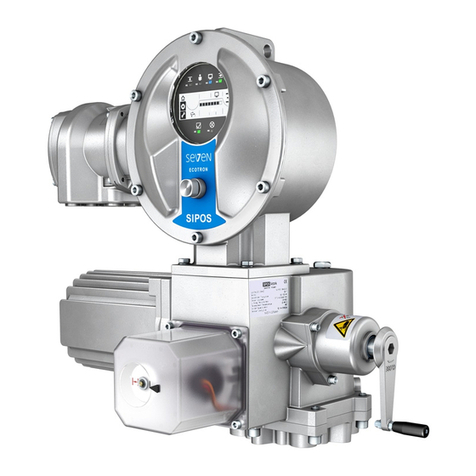
AUMA
AUMA SEVEN 2SA7 Instruction manual
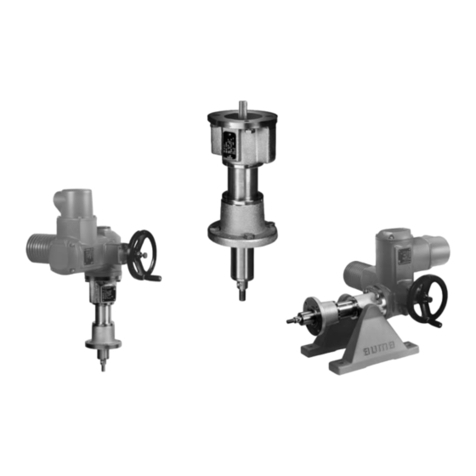
AUMA
AUMA LE 12.1 User manual
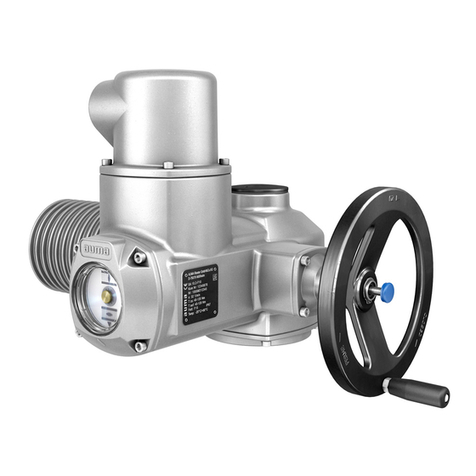
AUMA
AUMA SA 07.2 User manual
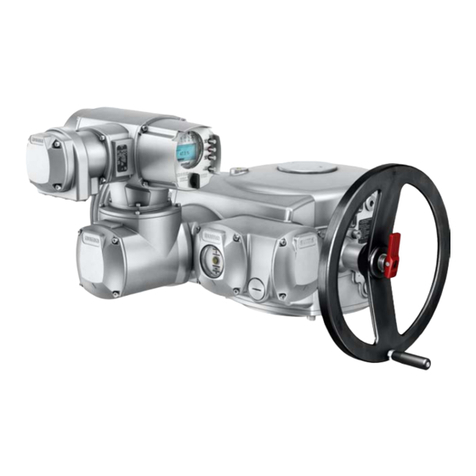
AUMA
AUMA SA 25.1 User manual

AUMA
AUMA SG 03.3 Series User manual
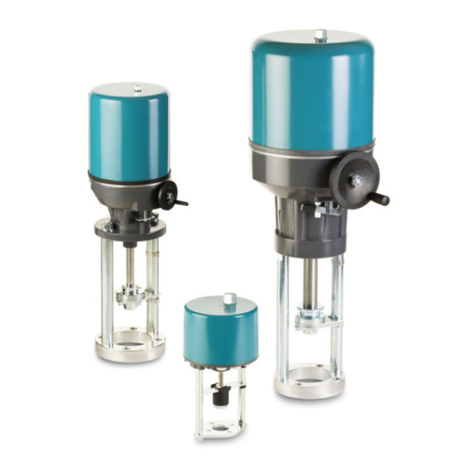
AUMA
AUMA SBA 12 User manual
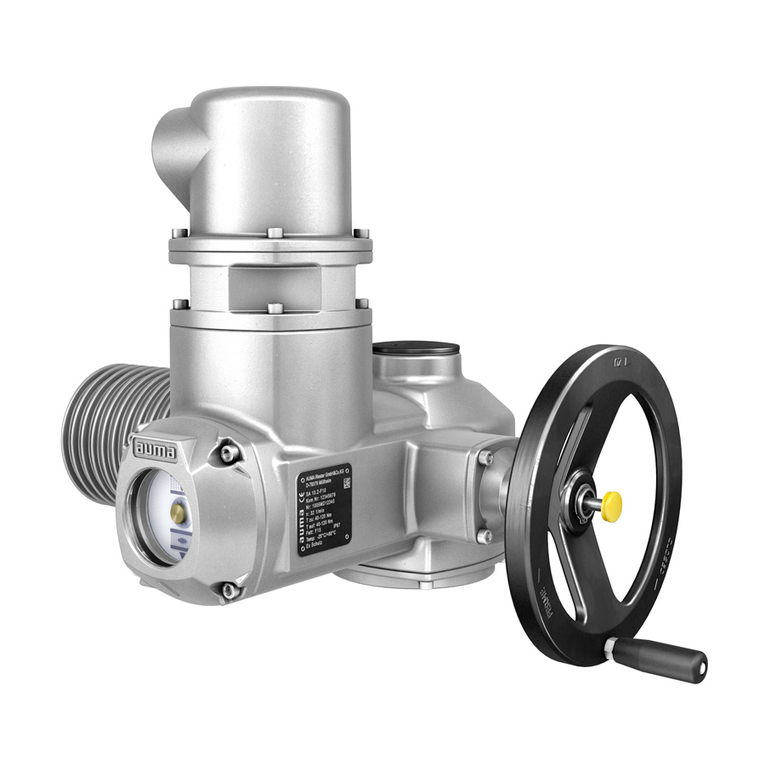
AUMA
AUMA SAEx 07.2 User manual
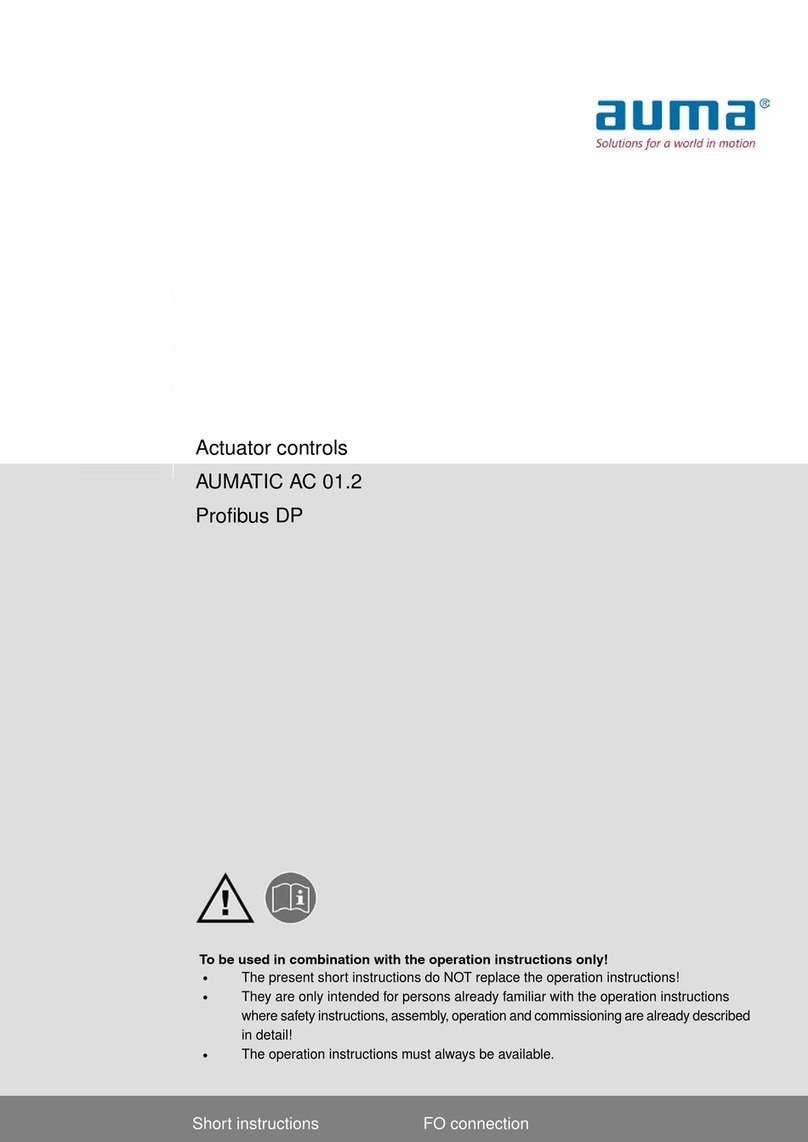
AUMA
AUMA AUMATIC AC 01.2 Manual

AUMA
AUMA SG 03.3 User manual
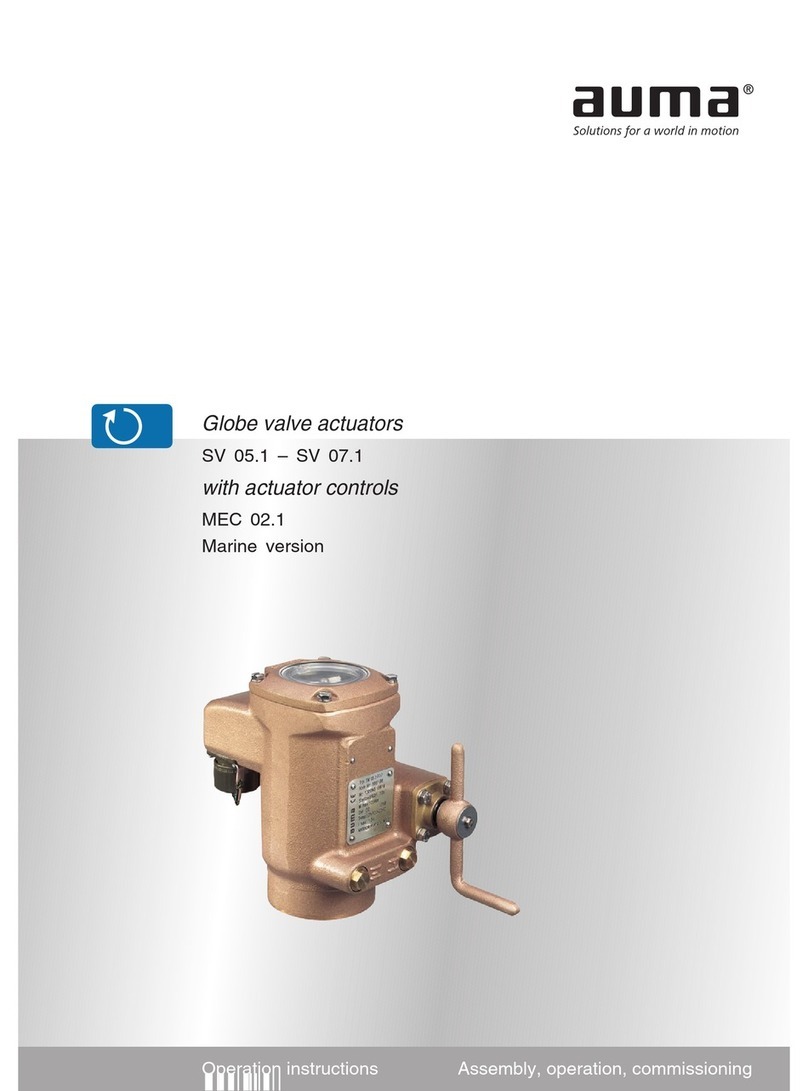
AUMA
AUMA SV 05.1 User manual
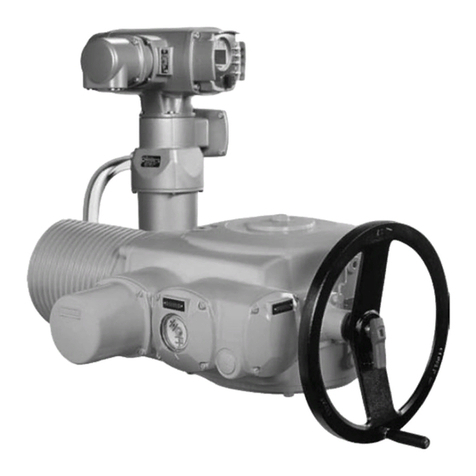
AUMA
AUMA SAEx 25.1 User manual
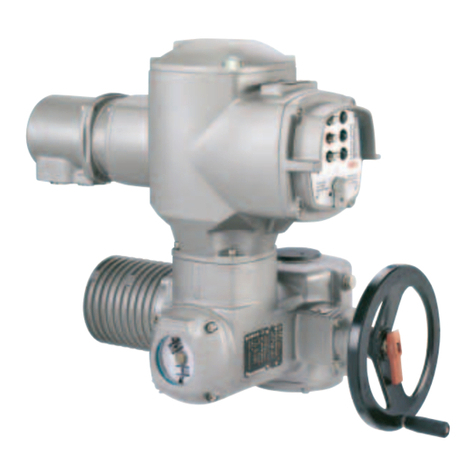
AUMA
AUMA SA 07.1 - SA 30.1 User manual
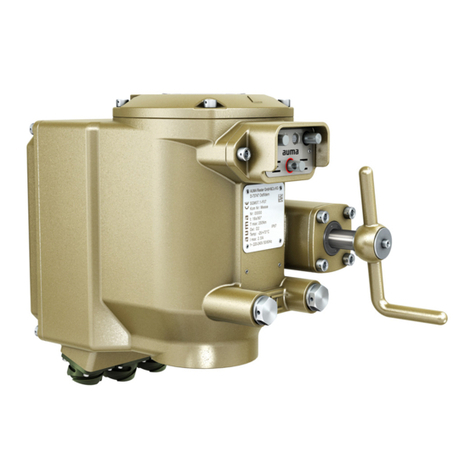
AUMA
AUMA SGM Series User manual

AUMA
AUMA SAEx 07.2 User manual
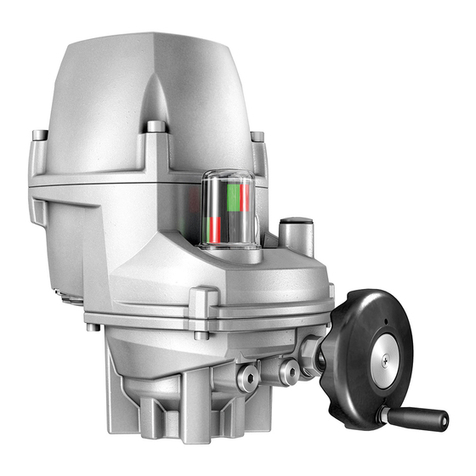
AUMA
AUMA PROFOX PF-Q80 User manual
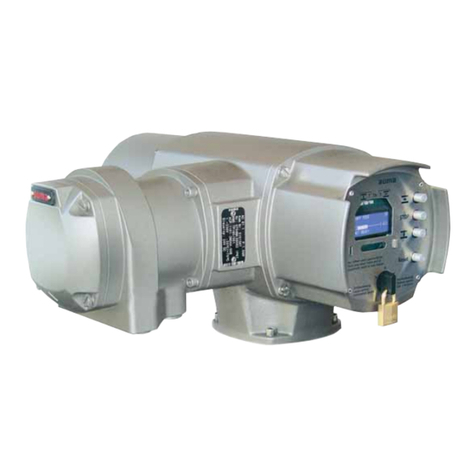
AUMA
AUMA Aumatic ACExC 01.1 User manual
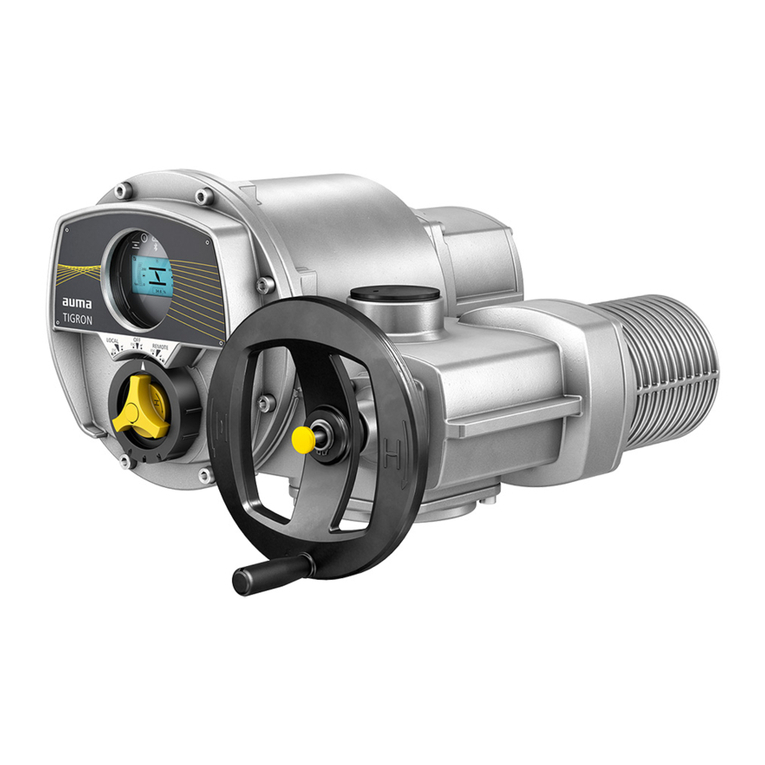
AUMA
AUMA TIGRON TR-M30X User manual
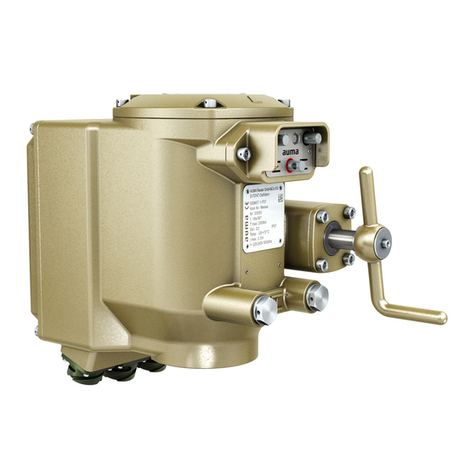
AUMA
AUMA SGM 04.1 User manual
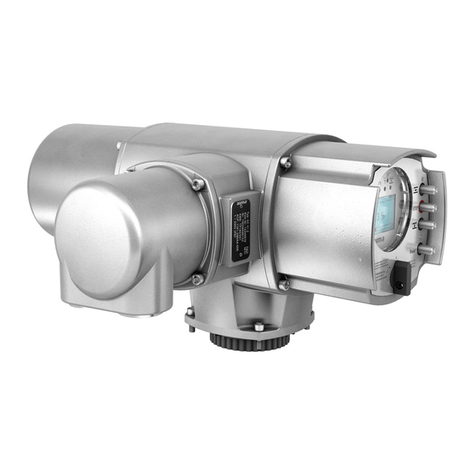
AUMA
AUMA Aumatic AC 01.1 User manual
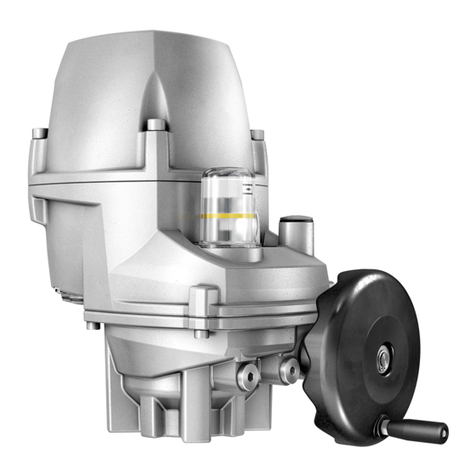
AUMA
AUMA PROFOX PF-M25X User manual


